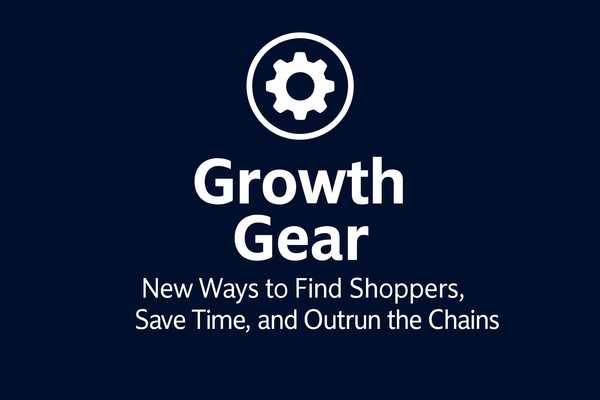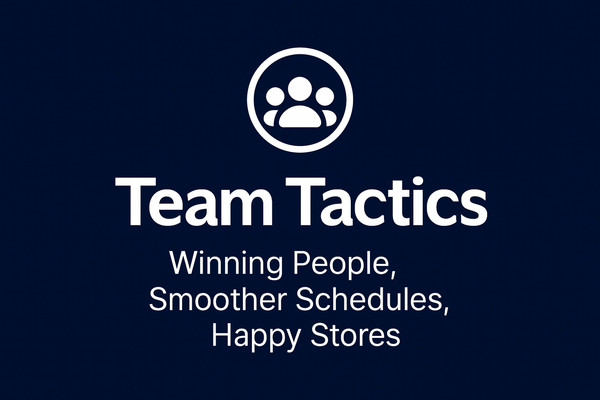
Interview to Win: Store-Level Hiring That Builds Strong Convenience Teams from Day One
Most store interviews rely on instinct. This guide shows how to use structure, feedback loops, and peer input to hire for reliability and culture fit—so you build teams that last instead of starting the hiring cycle all over again.












